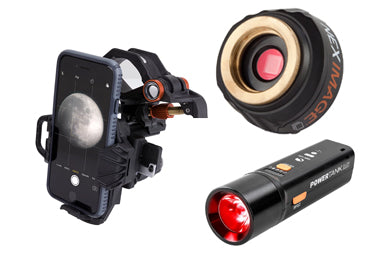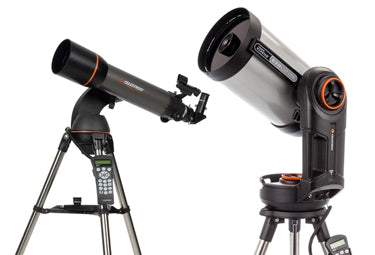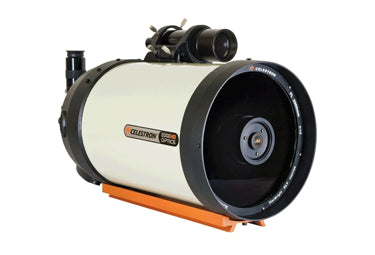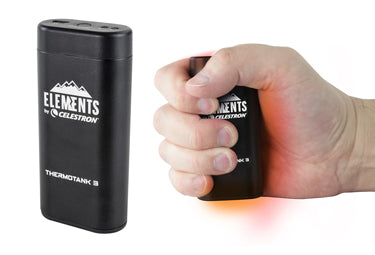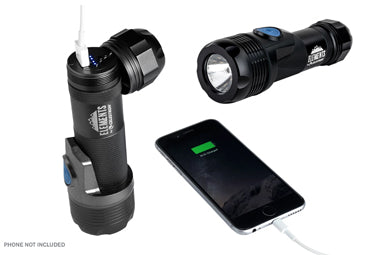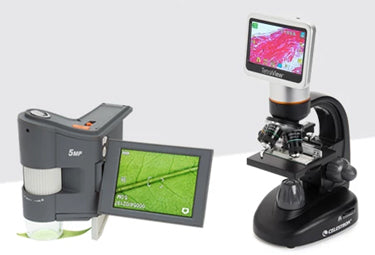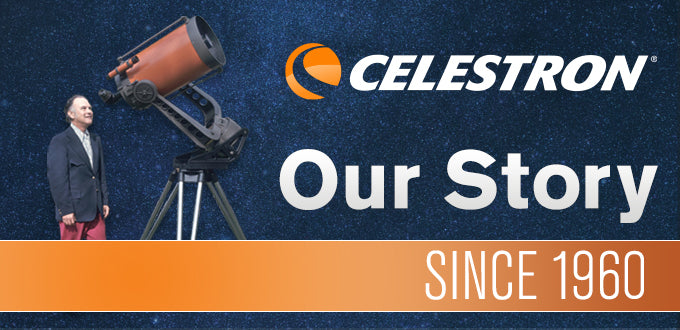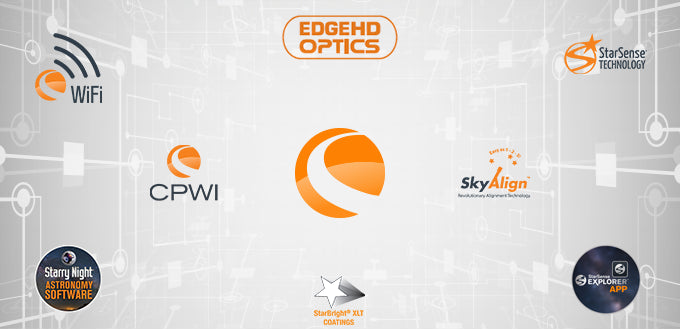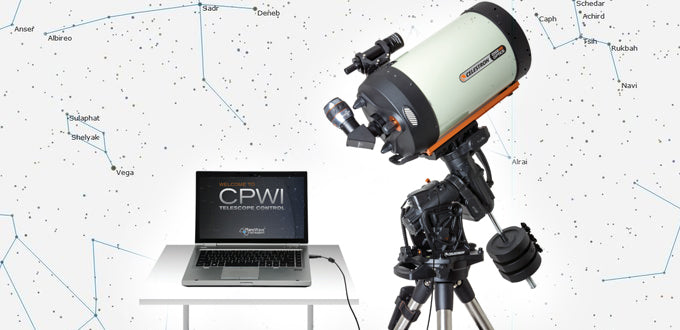Deep Sky Celestial Catalogs
November 18, 2021
 There are millions of objects in the night sky. Over the years, astronomers have organized celestial objects using various cataloging systems. Once an astronomer creates a new catalog, others can reference it to locate and observe its objects for themselves.
There are millions of objects in the night sky. Over the years, astronomers have organized celestial objects using various cataloging systems. Once an astronomer creates a new catalog, others can reference it to locate and observe its objects for themselves.
A few of the most notable deep-sky catalogs are:
| M (Messier) | Lynds |
| C (Caldwell) | Abell |
| NGC (New General Catalogue) | UGC (Uppsala General Catalog of Galaxies) |
| IC (Index Catalogue) | PGC (Catalog of Principal Galaxies) |
| Barnard |
Messier Catalog
Charles Messier, a French comet hunter, and his assistant Pierre Méchain compiled 110 astronomical objects in their famous Catalogue of Nebulae and Star Clusters in 1771. Messier’s work was self-motivated; he was interested in tracking non-comet objects, so they did not distract him from discovering comets. Today Messier’s catalog is one of the most widely used deep-sky catalogs. It contains nebulae, galaxies, and star clusters.
Every spring, amateur astronomers around the world embark on the “Messier Marathon,” an observing challenge in which participants attempt to view all 110 objects in a single night.
Messier Catalog of Nebulae and Star Clusters Complete List
Caldwell Catalog

Sir Patrick Alfred Caldwell-Moore was an English amateur astronomer known for studying the Moon and creating the Caldwell Catalogue, an astronomical catalog of 109 star clusters, nebulae, and galaxies. Caldwell-Moore designed his catalog to complement Messier’s. Caldwell features some notable Northern Hemisphere objects that Messier does not include and adds deep-sky objects from the Southern Hemisphere. Sky & Telescope magazine first published the catalog in 1995. Taken together, Messier and Caldwell make an excellent “bucket list” of must-see deep-sky objects for amateur astronomers around the world.
Caldwell Catalog of Star Clusters, Nebulae, and Galaxies Complete List
New General Catalogue of Nebulae and Clusters (NGC) and the Index Catalogues (IC)

In the 1880s, John Dreyer updated William and John Herschel’s General Catalogue of Nebulae and Clusters (GC) for the Royal Astronomical Society. After adding more than a thousand new objects, the society requested Dreyer create a new astronomical catalog. The New General Catalogue of Nebulae and Clusters of Stars (NGC) contains 7,840 deep-sky objects, including galaxies, star clusters, emission nebulae, and absorption/dark nebulae.

Soon after the NGC’s publication, the advent of photography allowed astronomers to discover thousands more celestial objects very quickly. In 1895, Dreyer published two supplementary catalogs of recently discovered objects. The supplements are known today as the Index Catalogues (IC). The IC contains an additional 5,386 astronomical objects. Both the NGC and IC are in wide use today. They contain a wealth of fainter deep-sky objects popular among astroimagers with large aperture telescopes and sensitive astroimaging cameras.
NGC/IC Project – From 1993 to 2017, professional and amateur astronomers collaborated to augment and update the NGC and IC. They corrected mistakes in the original 19th- and early 20th-century texts, added images, and inserted the latest astronomical data for each object.
Barnard Catalog

Due to their subtle nature and the limits of the telescopes of the day, many early 20th century observers overlooked the mysterious objects known as dark nebulae. American astronomer Edward Barnard was among the first to begin exploring the dark clouds he observed in photographs of the sky. In 1919, he published the Barnard Catalogue of Dark Markings in the Sky. The catalog originally included 182 objects but grew to 369 by 1927.
Lynds Catalogs

In the mid-20th century, astronomer Beverly Lynds undertook a painstaking study of the red and blue prints from the National Geographic-Palomar Observatory Sky Atlas. She was hunting for nebulae, recording each one’s brightness, color, size, and location in the night sky. In 1962, she released the Lynds Catalog of Dark Nebulae (LDN). This catalog contains the positions for the centers of the dark nebulae or clouds she found, the cloud sizes in square degrees, estimates of their opacity, and cross-identifications to Barnard objects. Three years later, she used the same data to compile the Lynds Catalog of Bright Nebulae (LBN) to complement the LDN.
Abell Catalog of Rich Clusters of Galaxies

George Abell was a passionate science educator who started as a tour guide at the Griffith Observatory in Los Angeles. He earned a bachelor’s, master’s, and Ph.D. from Caltech and later became an astronomy professor at UCLA. While he was still a graduate student, Abell worked as a principal observer at the Palomar Observatory Sky Survey. In 1958, he published the Abell Catalog of Rich Clusters of Galaxies, described in his obituary as “the basic reference in this field and…a starting point for fundamental work in observational cosmology.”
The original Abell catalog included 2,712 objects, representing as complete a survey of the night sky as possible from Palomar Observatory at the time. To be included in the catalog, an object had to meet Abell’s various criteria for a “rich cluster of galaxies,” including a minimum of about 30 galaxies in a compact counting radius.
During a sabbatical year in 1976, Abell began work on a Southern Survey, a new catalog of Southern Hemisphere objects that met roughly the same criteria. Abell’s second survey was a little more than halfway complete when he presented preliminary findings at a symposium in 1983. He died about one month later, and his colleague Ronald Olowin completed the project after Abell’s death. The Southern Survey was published in 1989 along with a revised and updated version of the original Northern Survey.
The Abell catalog interests amateur astronomers in dark locations using large aperture amateur telescopes and an OIII filter.
Uppsala General Catalog of Galaxies (UGC)

Also in the 1960s and 70s, astronomer Peter Nilson of the Astronomical Observatory of Uppsala in Sweden was examining the red and blue prints from the Palomar Sky Survey to compile a list of individual galaxies. Astronomers searched the Palomar prints three separate times and then checked their results against 82 plates from the Uppsala Observatory 40” Schmidt telescope.
The Uppsala General Catalogue of Galaxies (UGC), published in 1973, is an essentially complete catalog of galaxies visible from the Northern Hemisphere with a diameter of 1 arcminute or more. It contains 12,921 galaxies, descriptions of each galaxy and its surrounding areas, conventional classifications, and position angles.
Catalog of Principal Galaxies (PGC)

In 1983, with the advent of computers, astronomers at Lyon Observatory in France began compiling an electronic database of extragalactic objects (objects outside the Milky Way galaxy), which they called the Lyon-Meudon Extragalactic Database (LEDA). Each object in the database is named in the Catalog of Principal Galaxies (PGC). When it was first published, the PGC contained about 73,000 extragalactic objects.
LEDA has been continuously updated since 1983 and merged with another online database in 2000 to become HyperLEDA, which contains about 5 million objects. The PGC naming system was discontinued after about 1.7 million objects, so millions of objects in the database use only a numeric PGC identifier.

